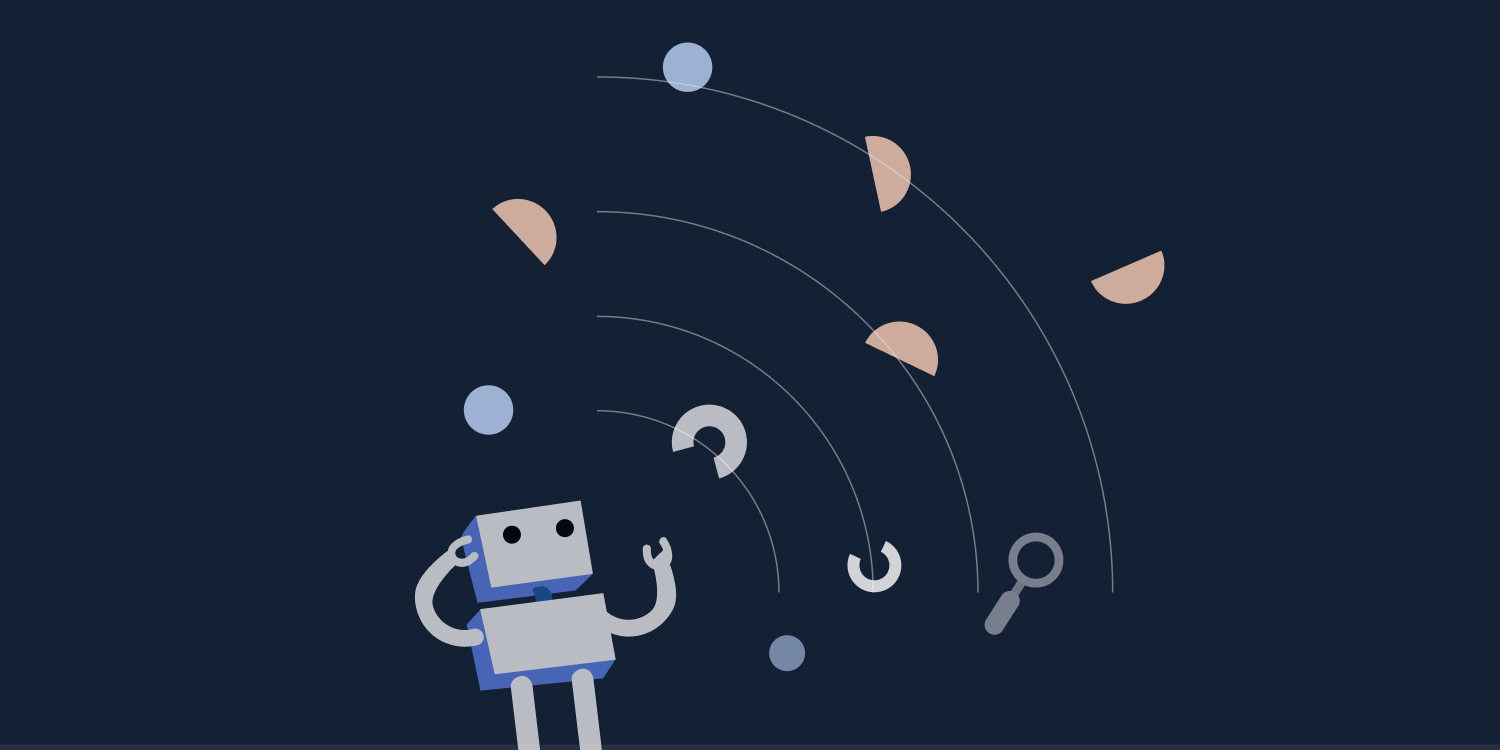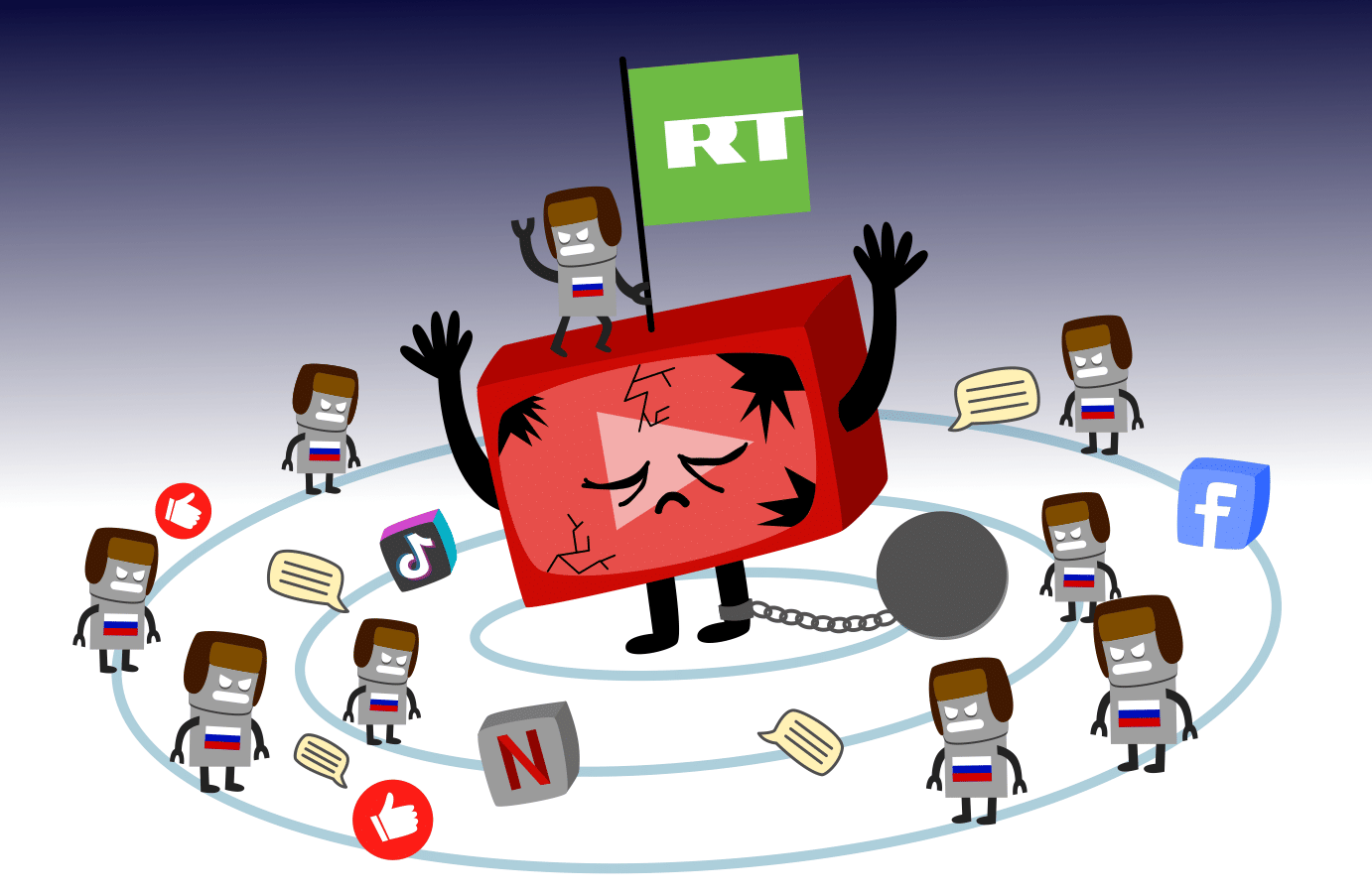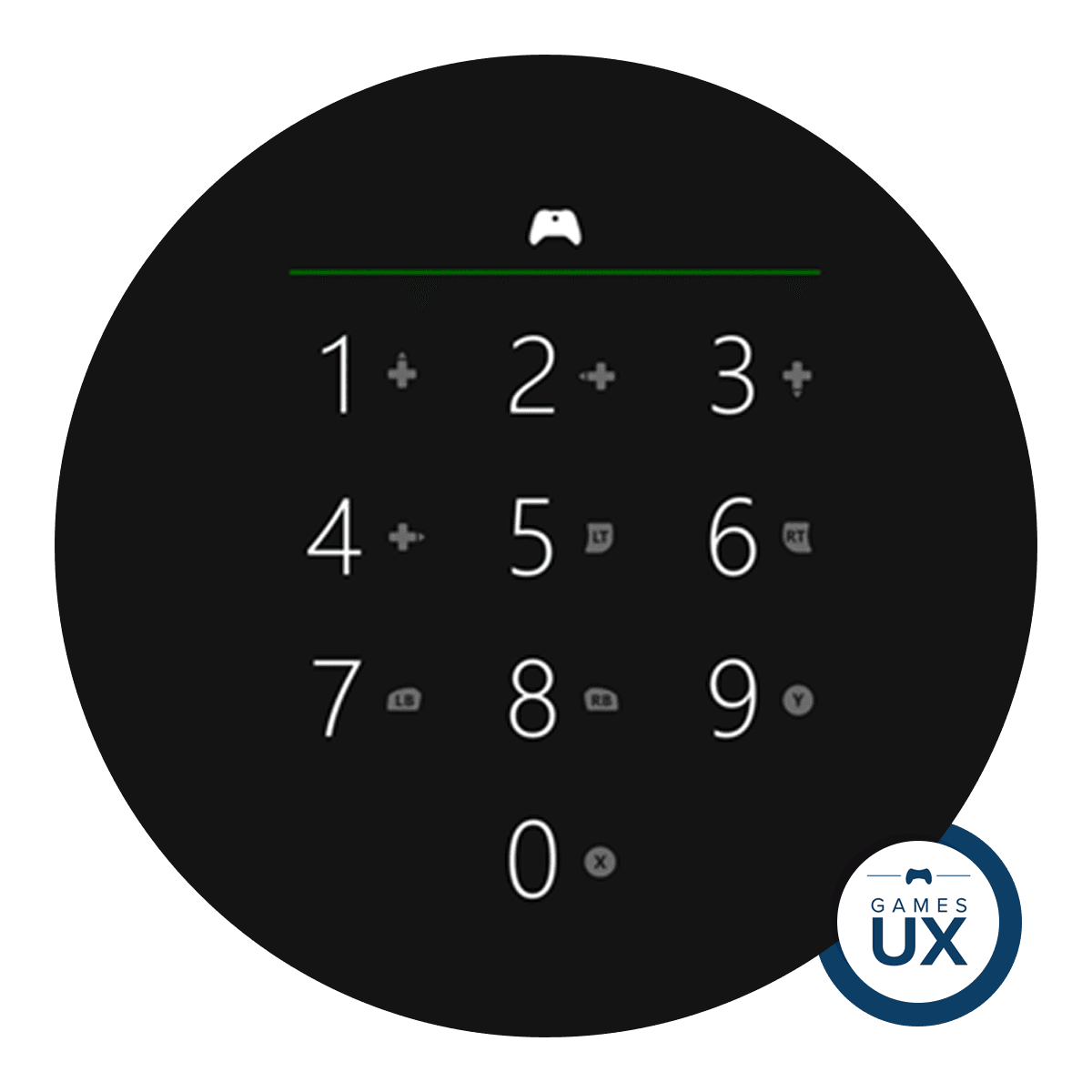
What's wrong with Web3, and what happened to Web4? It's like when Apple skipped iPhone 9, and went straight to iPhone X (instead of iPhone 10). If Web3 wasn't confusing enough already, Jack Dorsey, co-founder of Twitter and Block, just launched 'Web5' with his company, TBD, and all the acronyms and jargon is giving me a nosebleed.
this will likely be our most important contribution to the internet. proud of the team. #web5
(RIP web3 VCs 🤫)https://t.co/vYlVqDyGE3 https://t.co/eP2cAoaRTH— jack (@jack) June 10, 2022
What is Web5?
According to the TBD website, Web5 is a decentralised web platform that puts users in control of their identity and data. So Web5, like Web3, aims to solve the problem of identity, but with different technology (thank God, because Blockchain is slow and confusing). Web 5 aims to answer questions such as:
Why do you have to create a new profile on every single website?
Who owns the playlist you created on Spotify, and why can't you reuse it in another app?
Essentially, everything on Web2 is locked in a vendor-based silo as third parties hold our data. Web5 breaks down those walls, and puts the data in our hands.
On the web today, identity and personal data have become the property of third parties.
How is Web5 different to Web3?

Without going into the technical stuff, the main issue with Web3 is that despite touting itself as a decentralised Internet, where users own their data, in reality, a group of Venture Capitalists are a huge driving force behind it. The power has essentially shifted from corporations to VCs – not the every day Internet user as promised. Apparently, Web5 really does put 'the people' in the driving seat:
the people
— jack (@jack) June 10, 2022
Web5 Tech
If you're anything like me, prepare to be confused. According to TBD's slides, like Web3, Web5 is about returning ownership and control over identity and data to individuals, but through different technology, and more acronyms (thanks): DWPs, DWAs, DIDs, and DWNs. Apparently, these terms are more developer friendly.
The Decentralised Web Platform enables developers to write Decentralized Web Apps, using Decentralised Identifiers, and Decentralised Web Nodes.
Why not just say it in plain English, asks HAV:
Why don’t you use language we can all understand? Why are you speaking to a select few?
— HAV 🍎 (@hav_free) June 10, 2022
Also like Web3, Web5 helps users interact on the web without intermediaries and third parties. Web 5 promises to give users that “decentralised identity”, with different technologies listed above.

Web5 Use Case
In all, you don't have to log into every different website you visit - once you're logged into Web5, you can access everything, without handing over any data. TBD gives this 'use case story' that makes it a bit more relatable:
Alice holds a digital wallet that securely manages her identity, data, and authorizations for external apps and connections. Alice uses her wallet to sign in to a new decentralized social media app. Because Alice has connected to the app with her decentralized identity, she does not need to create a profile, and all the connections, relationships, and posts she creates through the app are stored with her, in her decentralized web node. Now Alice can switch apps whenever she wants, taking her social persona with her.
Let's have 5 webs!
So in a nutshell, it looks like all these new components come together to create a pocket of the web that you own and control. It's not clear how exactly though, but as Bitcoin Magazine highlight, there is some difference:
Web5 is based on the assumption that Web3, the idea of building a decentralized web with blockchain technology and cryptocurrencies, has the right intentions but is using the wrong tools - Bitcoin magazine
Or to put things even simpler, like Rob Sheridan says, let's just have 5 webs because that's what tech billionaires want:
bored tech billionaires: pic.twitter.com/vlQKJLQNxc
— Rob Sheridan (@rob_sheridan) June 10, 2022






